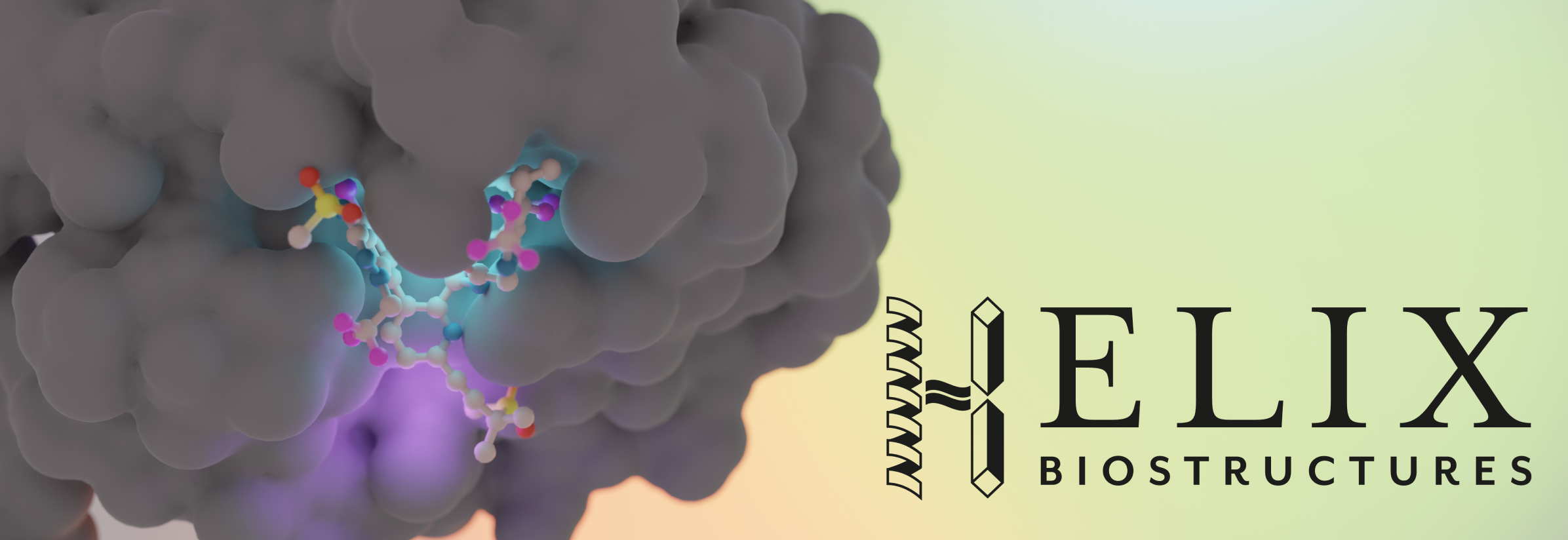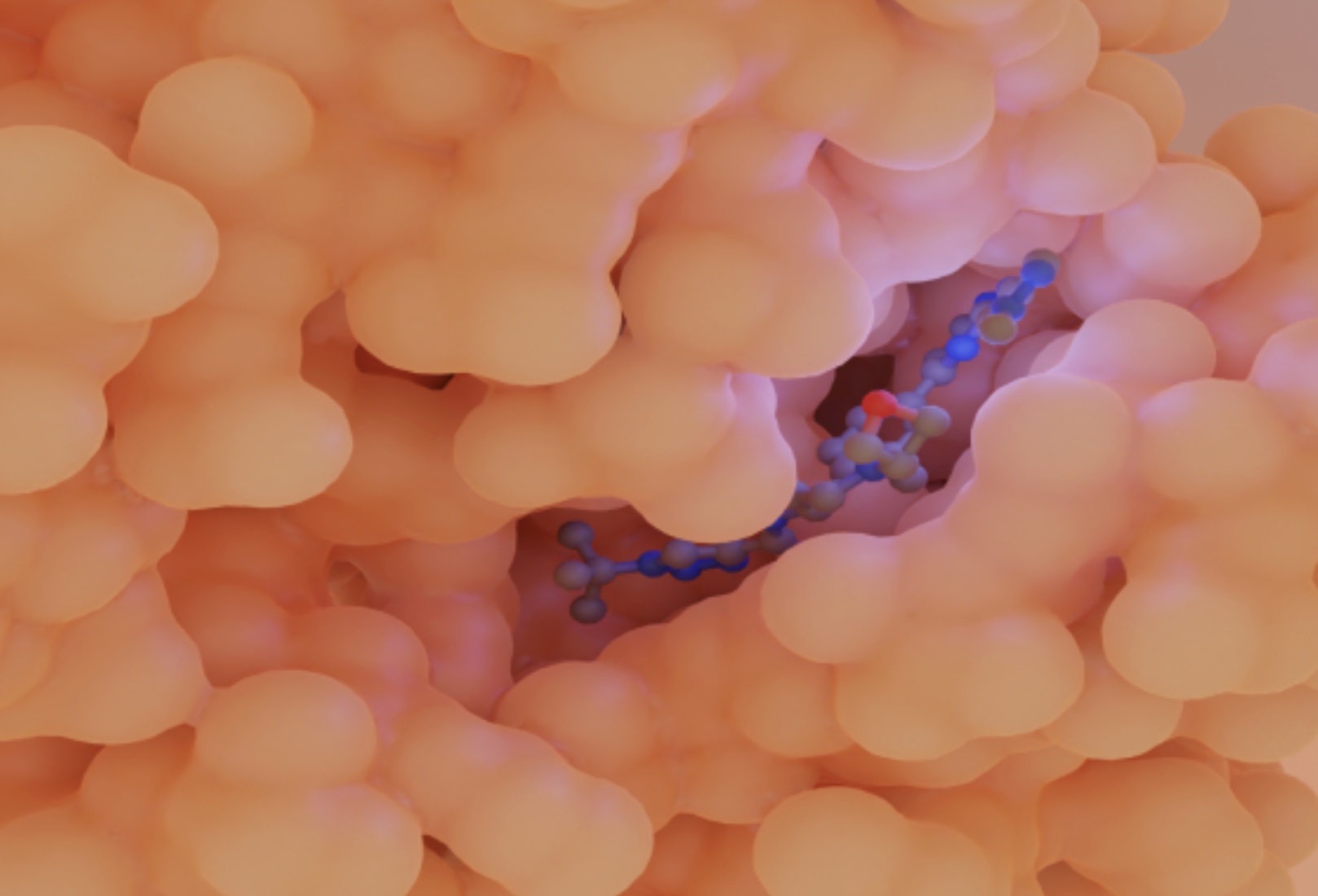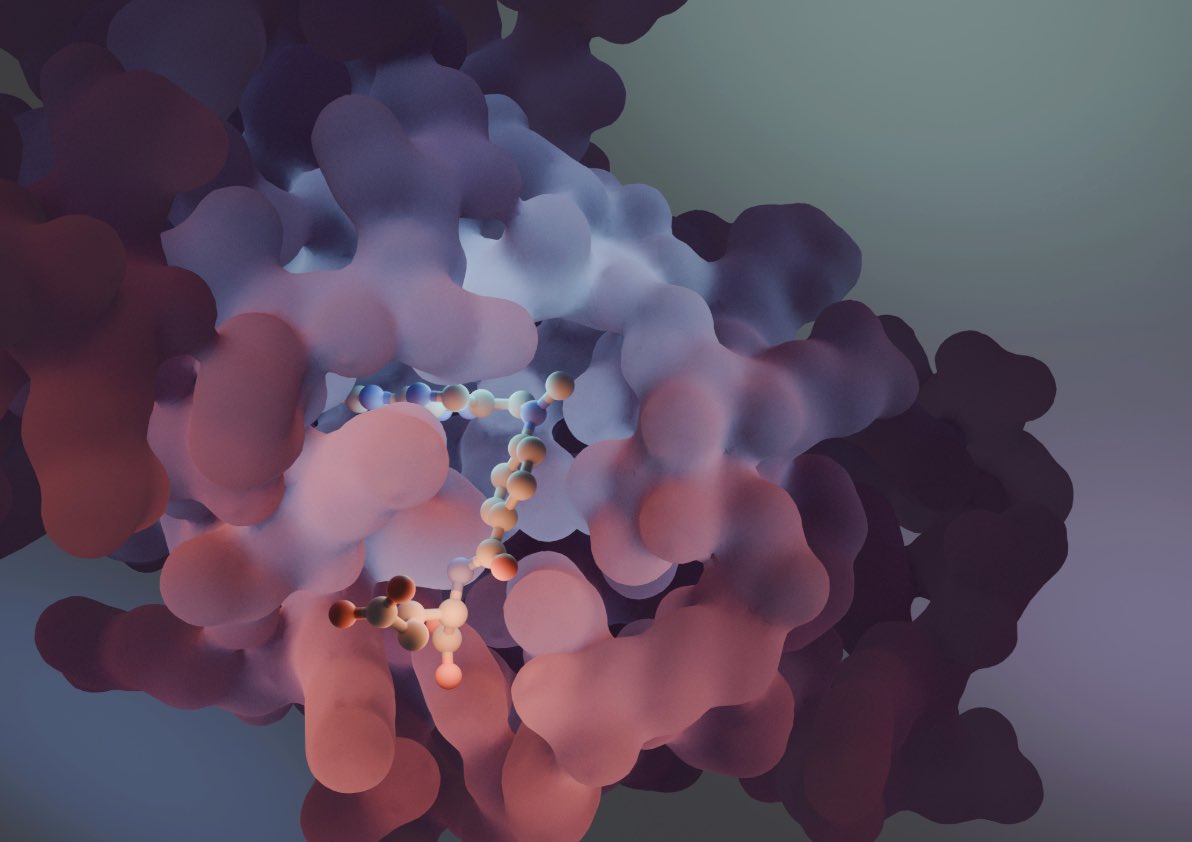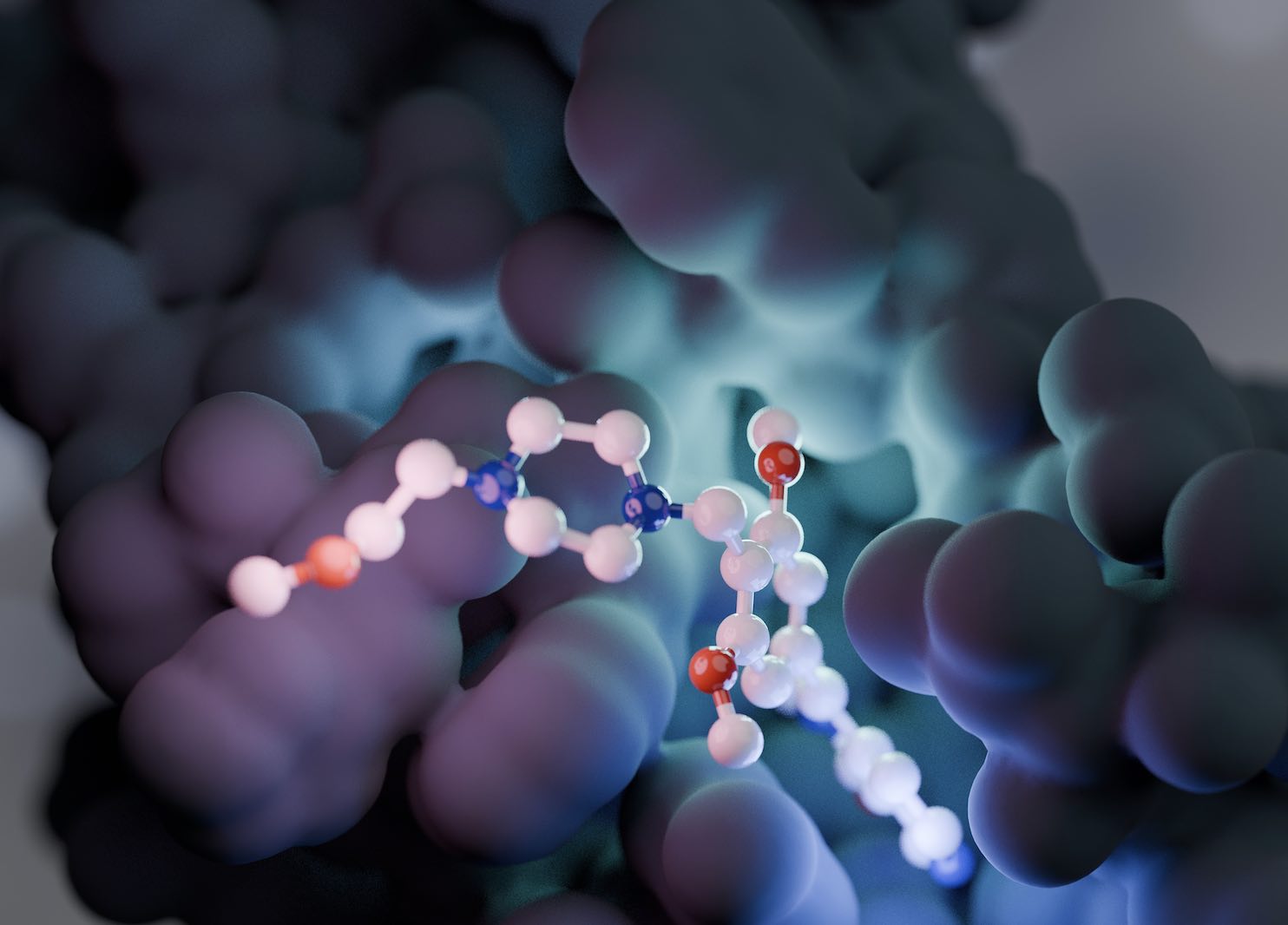Publications
September 30, 2025

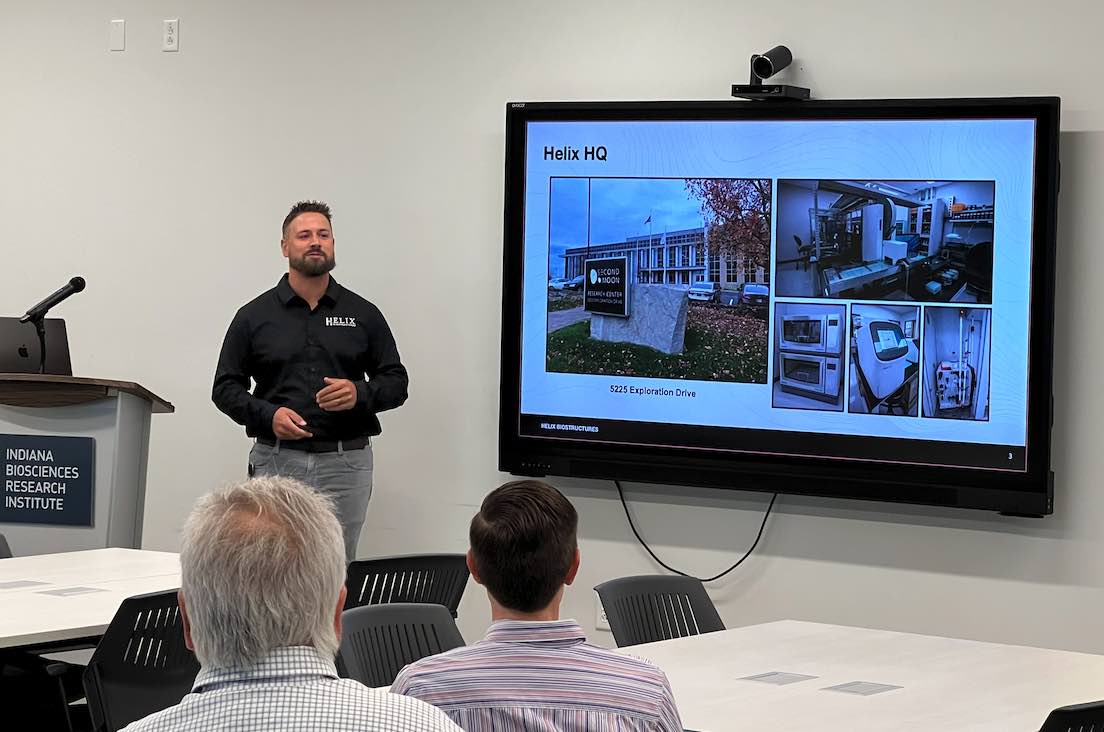

September 2025 NEWSLETTER
News you can use

Lilly Launches TuneLab: AI Power for Biotech Innovation
Lilly has unveiled TuneLab, a groundbreaking AI/ML platform designed to give biotechnology companies access to advanced drug-discovery models. Built on over $1 billion of Lilly’s research and proprietary datasets, TuneLab democratizes cutting-edge tools that can accelerate preclinical development.
What makes TuneLab unique?
Federated Learning: Partners can leverage Lilly’s models securely without sharing their proprietary data.
Collaborative Growth: Companies contribute training data, strengthening models for the entire community.
End-to-End Support: TuneLab complements Lilly’s Catalyze360 ecosystem, which also includes Gateway Labs, ExploR&D, and Lilly Ventures.
Early partners such as Circle Pharma and insitro are already applying TuneLab to oncology and AI-driven drug discovery.
For startups, TuneLab offers an unprecedented opportunity to accelerate R&D, reduce costs, and compete earlier in the drug-development pipeline — all while protecting intellectual property.

Employee spotlight
Kenton Baker, Ph.D., Dir Prot Sci & Str Biol
Kenton Baker is a structural biologist with expertise in X-ray crystallography, NMR, and Cryo-EM. After earning his Ph.D. at Northwestern and completing postdoctoral fellowships at The Salk and Scripps Institutes, he began his industry career at Eli Lilly, leading protein purification and GPCR structural biology efforts. He has since advanced challenging drug discovery programs at biotech startups and AbbVie, where he led collaborations with Callico. Now at Helix BioStructures, he supports protein science and structural biology while helping grow the company’s impact. See Kent's LinkedIn here
Featured services
Characterizing LNP/AAV Particles:
Understanding the structural integrity of lipid nanoparticles (LNPs) and adeno-associated viruses (AAVs) is critical for advancing gene therapy and mRNA-based medicines. Negative stain EM (NS-EM) provides a rapid, low-resolution assessment of particle integrity, aggregation, and sample quality — an ideal screening step before higher-resolution work. Cryo-EM then enables detailed visualization of intact particles in near-native states, offering insights into morphology, packaging, and heterogeneity.
Together, these complementary techniques accelerate development pipelines by ensuring quality control and guiding formulation strategies for next-generation therapeutics.
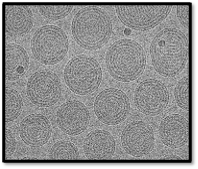
Spotlight Reads!!
When a Black Hole Flips Its Magnetic Field!
A new study of the supermassive black hole M87* — located some 55 million light-years away — reveals an unexpected phenomenon: its magnetic field reversed direction over just a few years. Using polarization data from the Event Horizon Telescope from 2017 to 2021, researchers captured this reversal, a dramatic shift not predicted by current models of black hole physics. The flip raises profound questions about the dynamic behavior of accretion disks and how magnetic fields govern the inflow of matter. While the cause remains uncertain, this discovery underscores that even the most massive, “stable” systems can evolve in surprising ways. It challenges theorists to reconsider assumptions about magnetic field stability at cosmic scales and provides a new window into the interplay of gravity, plasma, and magnetism around black holes.
HELIX HIGHLIGHTS
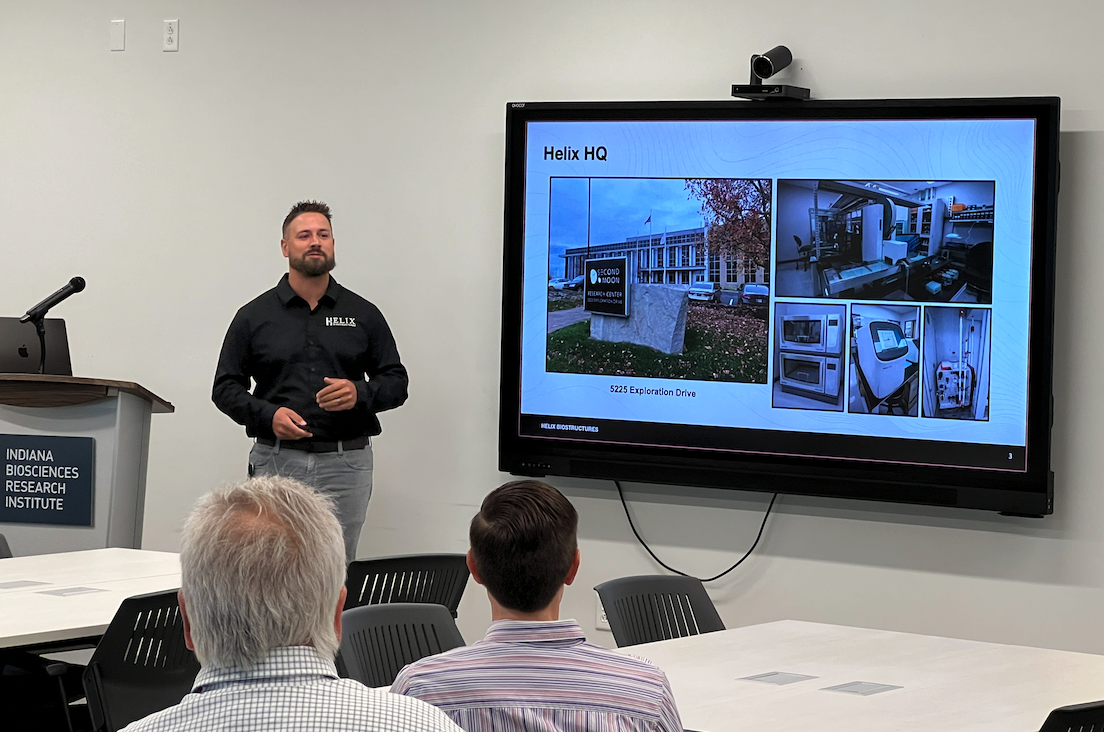
Joshua Carter (CEO) presented at IBRI's Future Legend Labs Seminar!
We’re proud to share that Joshua Carter, Co-Founder and CEO of Helix BioStructures, was invited to speak at the Indiana Biosciences Research Institute (IBRI) as part of their Future Legend Labs seminar series.
Josh shared insights into Helix’s journey—from our Gene-to-Structure services to the collaborative science that drives our mission. The talk covered how Helix supports pharmaceutical and agricultural R&D through protein production, biophysical characterization, X-ray crystallography, cryo-EM, and SAXS, all with our signature flexible and integrated approach.
This was an excellent opportunity for the audience to hear directly from our CEO and connect with the broader bioscience community.
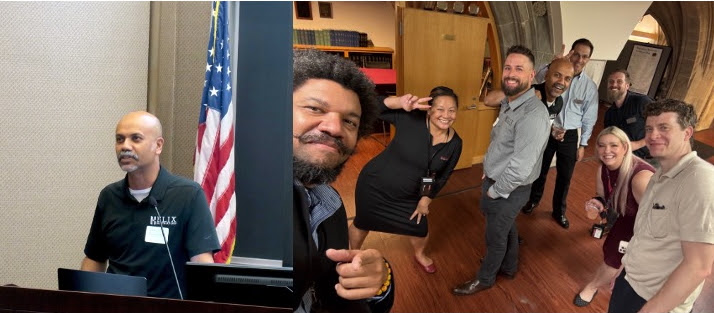
Helix was a part of CryoEM & CryoET Symposium at the University of Chicago!
Organized jointly by the CryoEM core of the University of Chicago and Thermo Fisher Scientific, the event brought together leading scientists from academia, pharma, and biotech to explore how cryo-electron microscopy and tomography are reshaping drug discovery and therapeutic development.
Helix BioStructures was honored to be a speaker and share how advanced EM techniques accelerate structure-guided discovery. It was inspiring to engage with colleagues pushing the boundaries of what’s possible in structural biology—from single particles to whole cells.
Instrument review
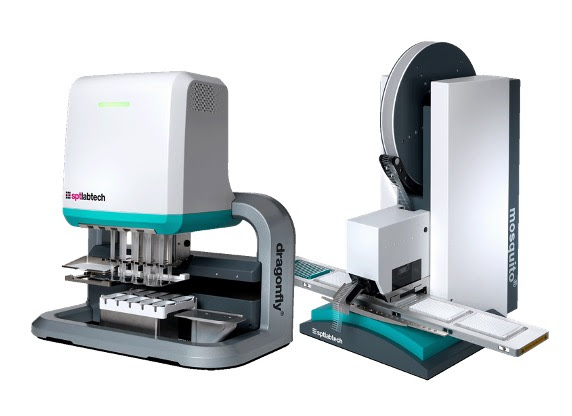
The mosquito® Xtal3 adds to our lineup of crystallization robots. It provides increased efficiency for plate setup, extremely low volume drop setting (30-50nL), a customized humidity chamber to protect those small volume drops, and superb reproducibility. The touchscreen interface gives this instrument a high-tech modern feel that is extremely user-friendly. This robot will be the workhorse behind Helix's crystallization and will greatly benefit our customers' projects.
We are super excited about the dragonfly®! Long gone are the days of spending an hour to make a custom deep-well block or 96-well gradient screen manually by hand. This multi-channel dispensing robot delivers it all. We are able to painlessly create customized crystallization screens to help optimize or reproduce crystals. Paired with the MXone® mixer; we are now setting up optimization screens in a matter of 10-15 minutes.
Helix Protein Art
